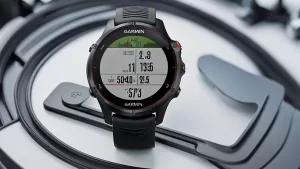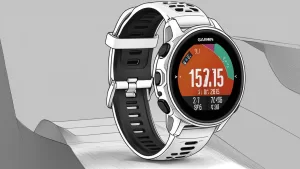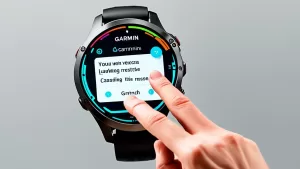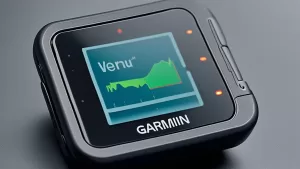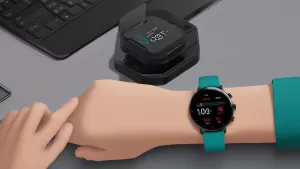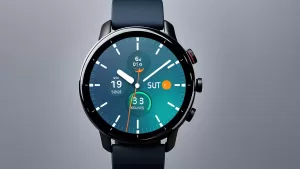Have you ever wondered how to reset your Fitbit Inspire 2 to its original settings? Or perhaps you’re struggling with syncing issues or unresponsiveness and need a quick fix. Whatever the case may be, learning how to factory reset your Fitbit Inspire 2 is essential knowledge for every Fitbit user.
The factory reset process for the Fitbit Inspire 2 is straightforward and can be done directly from the device. Simply open the Settings app on your Inspire 2 and select the “Clear User Data” option. When prompted, hold the screen for three seconds, then release it. The device will vibrate, indicating that the factory reset has been performed. This will erase all stored data and restore the Inspire 2 to its original settings.
Key Takeaways:
- Performing a factory reset on the Fitbit Inspire 2 is a simple process that erases all stored data and restores the device to its original settings.
- Open the Settings app on your Inspire 2, select “Clear User Data,” and hold the screen for three seconds to initiate the factory reset.
- This process is useful for troubleshooting issues, such as syncing problems or unresponsiveness to taps or button presses.
- Remember to back up any important data before performing a factory reset, as it will be permanently erased.
- If you’re unsure about performing a factory reset, consult the Fitbit support website or contact customer support for assistance.
How to Factory Reset Other Fitbit Models
Different Fitbit models have different factory reset procedures. For example, for the original Fitbit Sense and older Versa models, you need to swipe left on the home screen, go to Settings, select About, and then choose the Factory Reset option. This process erases all data and returns the device to its original settings.
For the Fitbit Charge 6, Charge 5, Inspire 3, and Luxe, the factory reset process requires you to swipe down from the home screen, open the Settings app, navigate to Device Info, select Clear User Data, and then hold the designated button to initiate the reset. Follow the on-screen prompts to complete the process.
Please note that the steps for factory resetting other Fitbit models may vary, so it’s important to refer to the specific instructions for your Fitbit device. By performing a factory reset, you can resolve software issues, troubleshoot problems, or prepare your Fitbit for a fresh start.
For a visual representation of the factory reset process, refer to the image below.
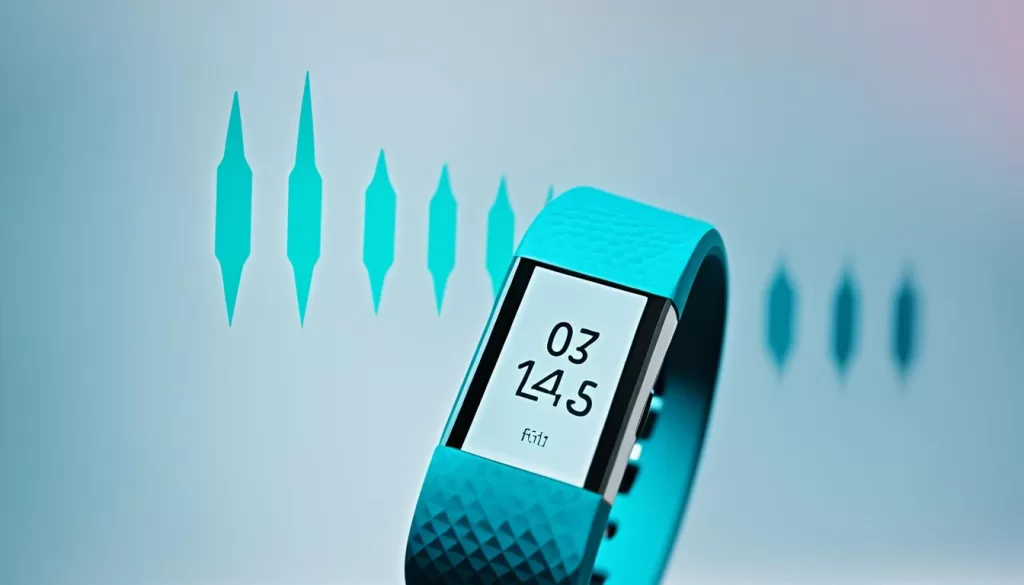
Remember, before initiating a factory reset, backup any important data or settings that you wish to retain as the process permanently erases all data on the device.
Factory Resetting Fitbit Ace 3 and 2
If you need to perform a factory reset on your Fitbit Ace 3 or Ace 2, the process is quick and straightforward. By following a few simple steps, you can restore your Fitbit kids’ tracker to its original settings.
First, connect the device to its charging cable and ensure that it’s securely plugged in. This step is important to ensure that the reset process completes successfully.
Next, open the Settings app on the Fitbit Ace device. Scroll through the options until you find the “Clear User Data” feature. Tap on it to proceed to the next step.
When prompted, press and hold the device’s screen for three seconds. You will feel a vibration, indicating that the factory reset process has been initiated.
Once the reset is complete, all data stored on the Fitbit Ace, including any personalized settings or usage information specific to your child, will be permanently erased.
Performing a factory reset can be useful when you want to start fresh with the Fitbit Ace device or if you plan to hand it over to someone else. It ensures that any personal data is removed, providing you with peace of mind.
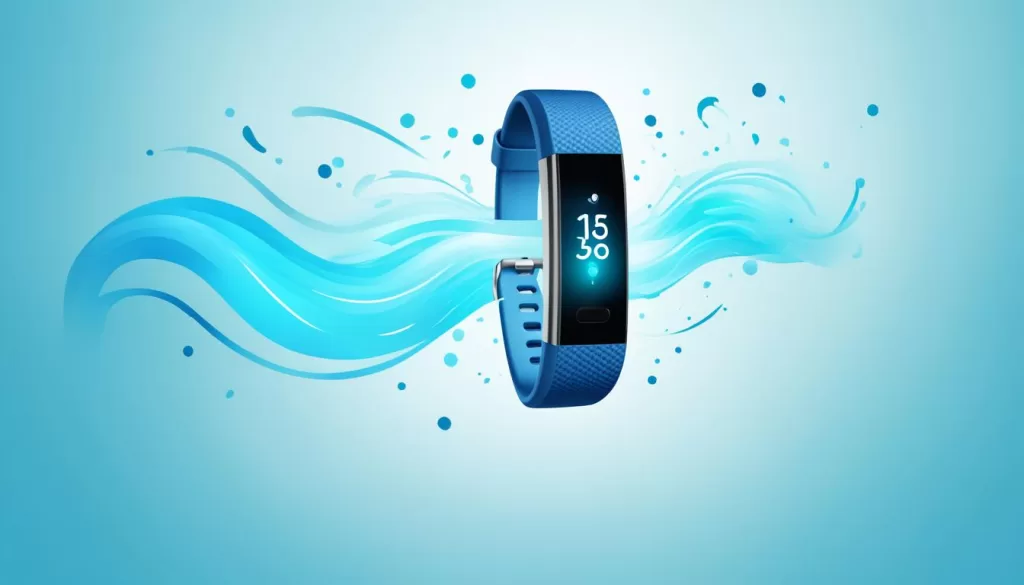
Having trouble resetting your Fitbit Ace device? Consult the Fitbit user manual or contact Fitbit customer support for further assistance.
Restarting Older Fitbit Devices
Most Fitbit fitness trackers and watches launched before 2016 cannot be factory reset, but they can be restarted to troubleshoot issues. Restarting your older Fitbit device can often resolve common problems and improve its performance. Here’s how to restart popular older models like Fitbit Flex, Surge, and Blaze:
1. Fitbit Flex
To restart your Fitbit Flex, follow these steps:
- Connect your Fitbit Flex to its charging cable.
- Locate the button on the charging cable.
- Press and hold the button for five to ten seconds.
- Release the button when you see the Fitbit logo or the screen flashes.
- Disconnect the tracker from the charger.
After restarting your Fitbit Flex, you should notice improvements in its performance and functionality.
2. Fitbit Surge
If you own a Fitbit Surge, here’s how you can restart it:
- Connect your Fitbit Surge to its charging cable.
- Locate the buttons on the side of the device.
- Press and hold the left and bottom-right buttons simultaneously for five to ten seconds.
- Release the buttons when the Fitbit logo appears or when the screen flashes.
- Disconnect the tracker from the charger.
Once your Fitbit Surge restarts, you can continue using it as usual, and any performance issues should be resolved.
3. Fitbit Blaze
To restart your Fitbit Blaze, follow these simple steps:
- Connect your Fitbit Blaze to its charging cable.
- Locate the buttons on the side of the device.
- Press and hold the left and bottom-right buttons simultaneously for five to ten seconds.
- Release the buttons when the Fitbit logo appears or when the screen flashes.
- Disconnect the tracker from the charger.
After restarting your Fitbit Blaze, you should experience improved performance and any previous issues should be resolved.
Remember, restarting your older Fitbit device can often help in troubleshooting various problems. However, if you encounter persistent issues, it’s advisable to contact Fitbit customer support for further assistance.
Restarting Fitbit Devices for Troubleshooting
If you’re experiencing issues with your Fitbit device, a simple device restart may solve the problem. Restarting your Fitbit can often resolve common issues such as syncing problems, unresponsiveness to taps or button presses, tracking errors, or notification failures. It’s a good initial step to troubleshoot any problems you may be encountering.
To restart your Fitbit device, follow these steps:
- Connect your Fitbit device to its charging cable.
- Ensure that the charger is connected to a power source.
- Locate the button on your Fitbit device.
- Press and hold down the button for a specific duration depending on your device model. Refer to your device’s manual or Fitbit’s official website for the exact duration.
- Release the button when you see the Fitbit logo appear on the screen or feel a vibration from the device. This indicates that the restart process is complete.
Once your Fitbit device has restarted, check if the issue you were experiencing has been resolved. In many cases, a simple restart can bring your Fitbit tracker back to its normal functioning.
If the problem persists after a restart, consult Fitbit’s troubleshooting resources or contact their support team for further assistance. They will be able to guide you through additional troubleshooting steps or provide further recommendations based on your specific situation.
Remember, a device restart should always be one of the first troubleshooting steps you take when encountering issues with your Fitbit device. It’s a quick and easy method to potentially resolve various common problems. Give it a try before moving on to more advanced troubleshooting options.
Erasing Data from Your Fitbit Device
Before giving away or returning your Fitbit device, it’s crucial to take the necessary steps to erase all personal data and settings. The exact process for erasing data may vary depending on the model of your Fitbit device.
For models like the Fitbit Ace 3, Inspire, Inspire HR, and Inspire 2, you can easily erase your data by following these steps: open the Settings app on your device, navigate to the Clear User Data option, and carefully follow the on-screen prompts to initiate the data wipe. This will ensure that your personal information is securely removed from the device.
In addition to erasing data, it is highly recommended to remove the Fitbit device from your Fitbit account. This extra step guarantees that your personal information is completely deleted and your device is disassociated from your account.
Clear Fitbit Device to Protect Your Privacy
When it comes to safeguarding your privacy, it’s essential to clear your Fitbit device before handing it over to someone else or returning it. Each model may have its own unique process for data erasure, so it’s important to understand the steps specific to your Fitbit device.
If you own a Fitbit Ace 3, Inspire, Inspire HR, or Inspire 2, follow these instructions: access the Settings app on your Fitbit device, locate and select the Clear User Data option, and carefully follow the prompts provided on your device’s screen to initiate the data wipe process.
By taking the time to erase all personal data and settings from your Fitbit device, you can rest assured that your privacy is protected, and your personal information remains secure.

